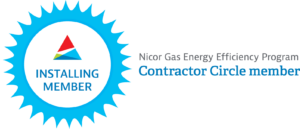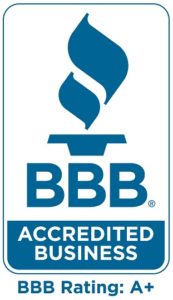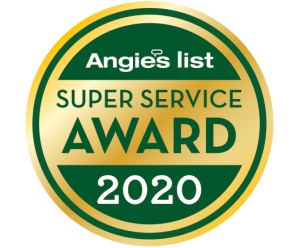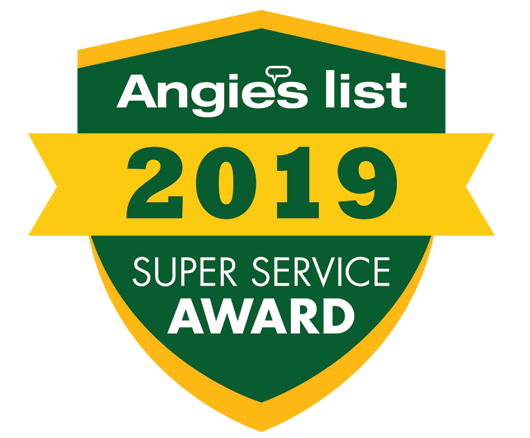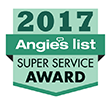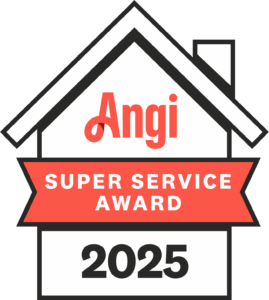Discovering mold in your crawl space or attic can be unsettling. Whether it’s a musty smell in the basement or visible patches on drywall, mold growth is a serious issue that can affect both your property and your health. At ARC Insulation, we understand how stressful mold problems can be—and we’re here to help you resolve them quickly and effectively.
This guide will walk you through what to expect during the mold remediation process, so you feel informed and confident when our team arrives to handle the issue.
Why Mold Remediation Is Important
Mold will compromise indoor air quality, damage building materials, and cause health issues ranging from allergies to respiratory problems. If left untreated, mold spreads rapidly and may lead to costly structural damage. That’s why addressing mold as soon as possible is critical. At ARC Insulation, our goal isn’t just to clean up mold; we remove it safely, prevent it from returning, and help you understand how it started in the first place.
Step 1: How to Prepare Before We Arrive
While our team handles the heavy lifting, there are a few steps you can take to help streamline the process and keep your belongings safe.
Remove Unaffected Items
If possible, remove items that have not been affected by mold from the contaminated area. This protects them from potential exposure and gives our team clear access to work.
Keep Children and Pets Away
For everyone’s safety, we ask that children and pets be kept away from the remediation area during the entire process.
Step 2: Inspection and Containment
Our trained technicians begin every mold remediation project with a detailed inspection to identify:
- The extent of mold contamination
- The type of mold present (if testing is required)
- The likely source of moisture that led to the growth
Once the scope is clear, we take safety and containment very seriously.
Personal Protective Equipment (PPE)
Our team suits up in protective gear, including gloves, respirators, and full-body suits, to avoid cross-contamination and protect our health.
Sealing the Work Area
Using plastic sheeting, negative air machines, and HEPA filters, we seal off the affected area to prevent mold spores from spreading through the air to clean parts of your home or building. This is a crucial step in ensuring your space remains safe during and after the cleanup.
Step 3: Mold Removal and Cleaning
Disposing of Damaged Materials
Soft, porous materials like carpet, insulation, drywall, ceiling tiles, upholstered furniture, often cannot be salvaged once they’ve been contaminated with mold. We safely remove and dispose of these materials according to EPA and industry guidelines.
Applying Antimicrobial Treatments
After removing affected materials, we apply EPA-registered biocides and antimicrobial solutions to kill any remaining mold spores and prevent regrowth. These treatments are safe for indoor use and highly effective.
Scrubbing and Air Filtration
Once the mold is dead, we thoroughly scrub all remaining surfaces—floors, studs, foundation walls, or any salvageable structures—to physically remove mold residue. HEPA vacuums and air scrubbers continue to operate during this phase to capture airborne spores and restore clean air to the space.
Step 4: Addressing the Cause of Mold Growth
Cleaning up mold is just one piece of the puzzle. At ARC Insulation, we focus on long-term solutions, not just short-term fixes.
Our team will help you identify and correct the underlying moisture problem that caused the mold in the first place. Common culprits include:
- Poor insulation or air sealing
- Leaky plumbing or HVAC systems
- Excess basement humidity
- Foundation drainage issues
By resolving these issues, we help you prevent future mold growth and maintain a healthier home environment.
Don’t Let Mold Compromise Your Comfort—Call ARC Insulation
At ARC Insulation, we’ve been helping homeowners and property managers across Chicagoland protect their buildings for over 25 years. Whether you’re in Naperville or anywhere in the Chicago suburbs, our local experience means we understand the unique moisture challenges in this region, especially in basements and crawl spaces.


